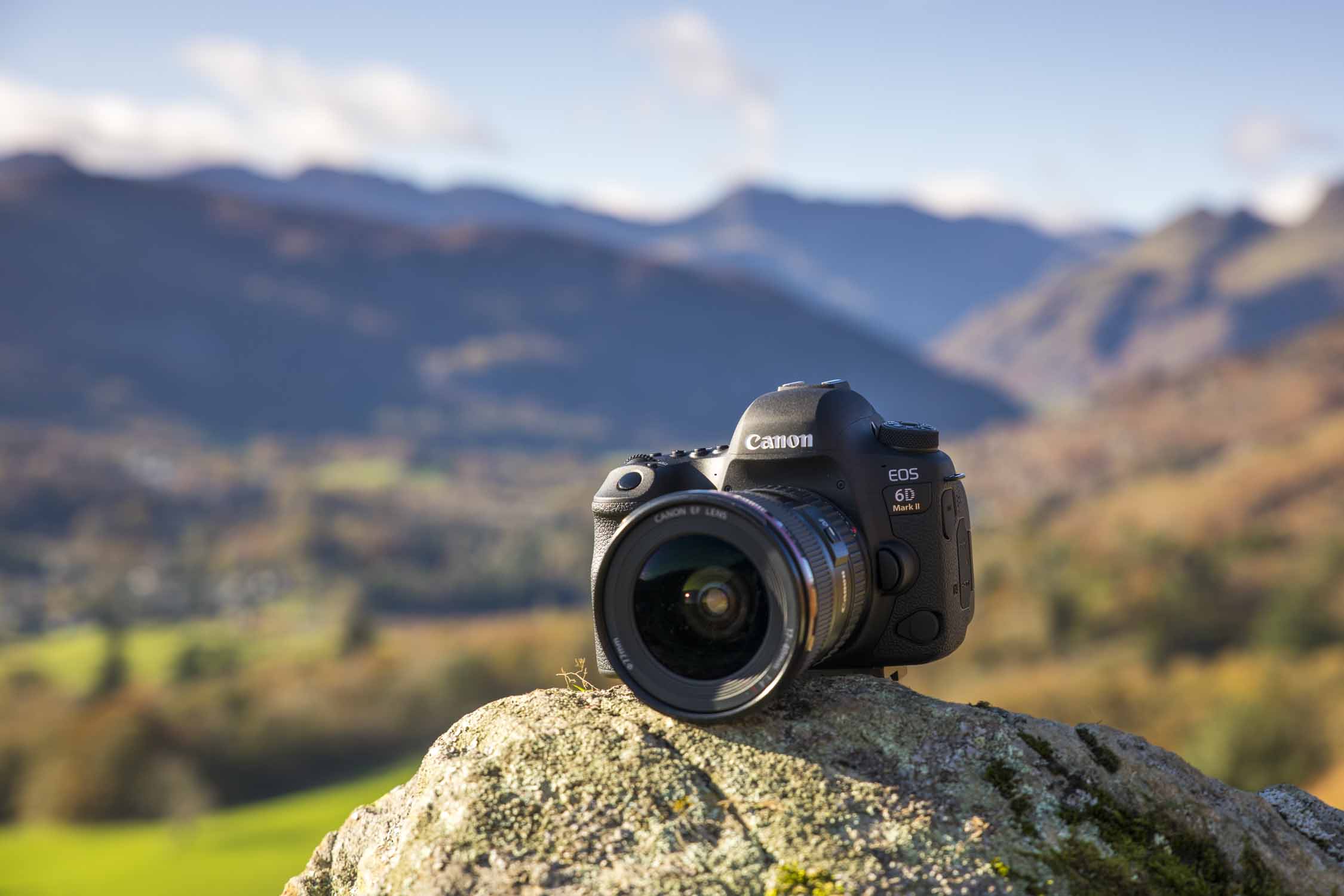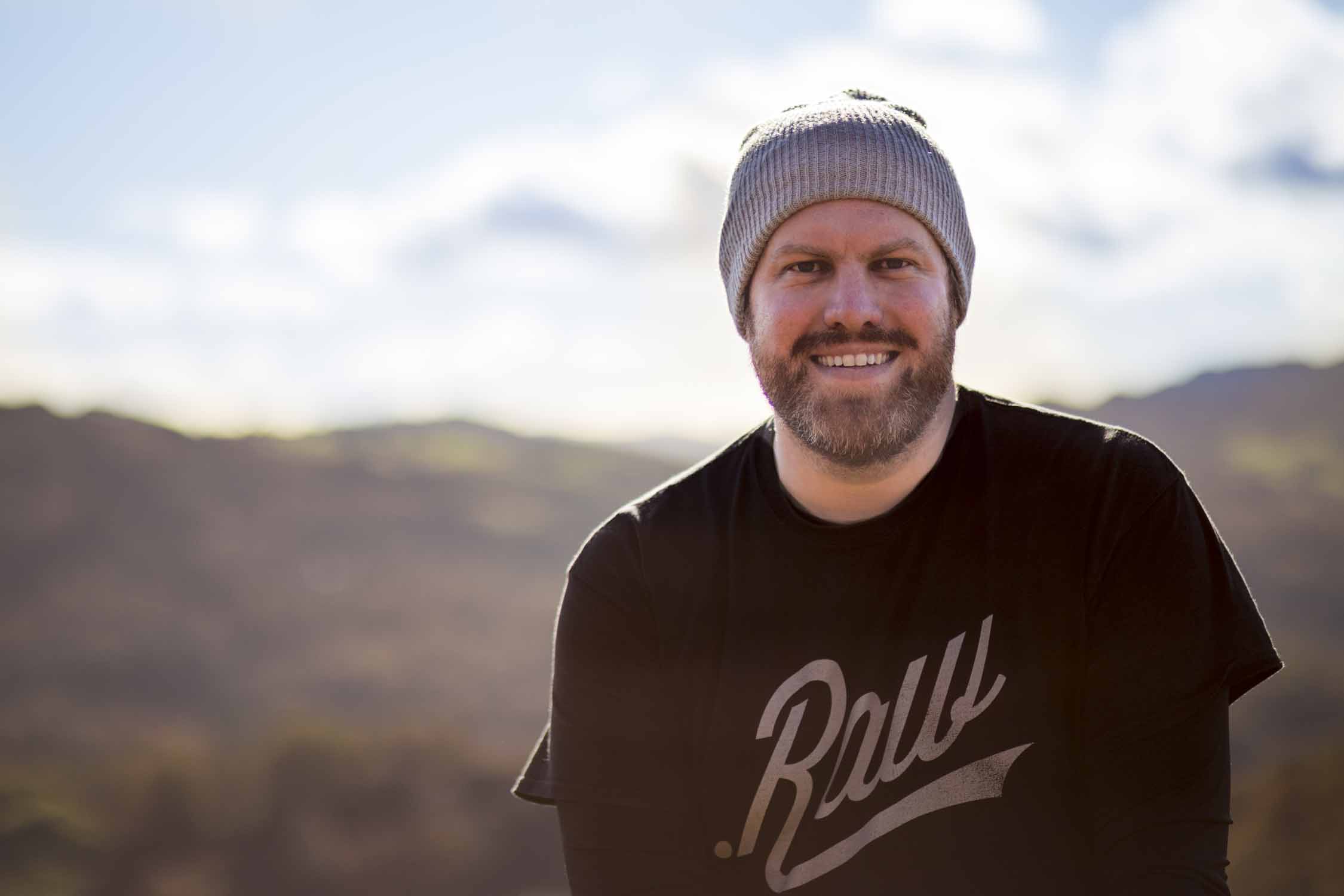We take a look at what’s in my photography and video editing setup for 2018. It includes the iMac Pro with an amazing 10 cores to take productivity and creativity to the next level.
Check out all the gear:
- Get a FREE trial of Adobe Lightroom CC and Photoshop - https://goo.gl/YznzDv
- iMac Pro in the US - https://amzn.to/2K4aJpp
- iMac Pro in the UK - https://amzn.to/2HkUiHC
- Viewsonic Monitor in the UK - https://amzn.to/2Hfz9OS
- Viewsonic Monitor in the US - https://amzn.to/2vvO0zn
- Canon PRO 10S Printer in the UK - https://amzn.to/2qOYsgH
- Canon PRO 10S Printer in the US - https://amzn.to/2JbPWPx
- Drobo in the UK - https://amzn.to/2qQb0DK
- Drobo in the US - https://amzn.to/2qRA8K3
- Headphones in the UK - https://amzn.to/2HiTu66
- Headphones in the US - https://amzn.to/2HFP1tj
- Phillips Hue Lights in the UK - https://amzn.to/2qSf3iy
- Phillips Hue Lights in the US - https://amzn.to/2Hii9Dz
- Battery Backup in the UK - https://amzn.to/2Hhr7oM
- Battery Backup in the US - https://amzn.to/2qPa1nh
A really important part of any photo editing setup is your workspace. This has nothing to do with size but having a place to sit, edit and to be comfortable is going to let you be more creative and productive whatever level you are at. In the past, my spaces have been the corner of a room, I had a full blown home studio in the last place and now that the kids need more space I have this office. I am really happy with it. I have worked hard to get it right, I’ve got a new desk and it feels productive.
As I’ve mentioned a few times before, on top of all this, I had been maintaining a part time job to give the family a bit of security. About 3 weeks ago I quit that part time job so I am now full time at this……whatever this is…….photographer, filmmaker, youtuber. I’m going to be doing lots of different things, both on and off this channel but virtually all of it with be around photo and video production.
So right at the centre of my new setup is a new iMac Pro. The workhorse that is going to be pumping out content on a daily basis. It’s a stunning machine…..frighteningly expensive but I have invested back into all of this so I have a machine that will speed up everything I do. No more waiting for Lightroom and Premiere Pro to catch up. It is expensive but I recently sold my 2009 iMac for £500 after I bought it for £1500 nearly ten years ago. If I get the same kind of value out of this machine then it will have been well worth it.
I’ve then got the iMac driving this second monitor. This is the Viewsonic VP2785. It’s designed for photographers and covers 99% of the Adobe RGB colour space and comes colour calibrated straight from the factory. It’s a stunning monitor that will act as my main editing screen for photos and also the play window when editing video.
Next up I have storage. The iMac has a built in 1TB SSD which is very very fast but is by no means big enough to store all my image and video files. So for that I have this Drobo 5D3 that connects via thunderbolt. It’s fast, it currently has an 18TB capacity and it should keep me going for at least the next couple of years as I add in extra drives when required.
Since this is now my livelihood I have invested in a battery backup. Just after moving in we had a few issues with the power repeatedly going off. I thought at one point I had lost everything off the Drobo which would have been annoying restoring everything from backups. I managed to get it going again but it’s not a problem I want to face again. Now if the power goes off the battery kicks in an keeps me going for another hour or so giving me the chance to shut down safely.
Next is the printer. The beautiful Canon Pro 10s. I’ll be doing a video about printing in the next few weeks so we’ll discuss that a bit more then.
Post processing wise I am using Adobe Lightroom. I use this for virtually all my editing these days and am going into Photoshop less and less. I use Adobe Premiere Pro for video editing and I just love the Adobe package. It works seamlessly across all your devices and just keeps you productive.





